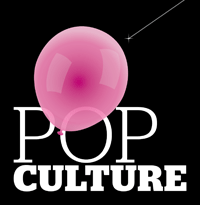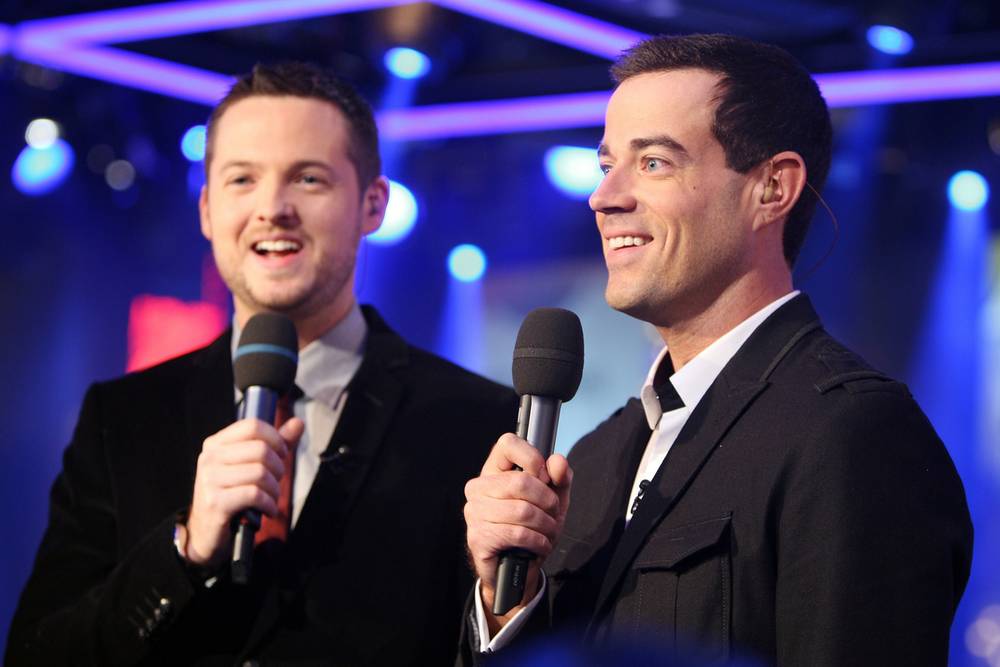Carson Daly left the building long ago, and now even the building’s leaving: Last week, the New York Post reported that Viacom is not renewing its lease on the Times Square studio where MTV staged Total Request Live. Coming in the midst of a tsunami of Woodstock nostalgia, the news didn’t attract much attention. For the generation that came of age in the late ’90s, however, that studio was every bit as emblematic as the muddy dairy farm where 400,000 hippies convened for three days in 1969.

At the Times Square studio and the street outside it, the party never got quite that big—the crowd measured in the hundreds, not thousands—but it lasted for much, much longer. And just as Woodstock provided a venue for the youth of that era to codify and enact their core values—peace, community and love, man!—the Times Square studio provided a place for the youth of the ’90s to codify and enact theirs—screaming, community and shout-outs to their BFFs!
In the earliest days of TRL, the L part didn’t exist. The original show was called Total Request; Carson Daly taped it on a small, dim set where the only audience was a handful of crew members. Then, as its popularity caught on, MTV decided to move the show to the Times Square studio it had started leasing earlier that year and air it live.
The new second-floor studio had a 16-foot window that ran the length of a city block, and fans started congregating on the street outside to get a glimpse of what was going on upstairs. And given that TRL was ultimately a show about fan empowerment, driven not by TV producers or record-company bigwigs, but rather by the viewers at home voting on which videos to air, it made sense to pay some attention to their proxies down on the street. Who, as it turned out, were more than ready for their close-ups.
When TRL started showing its audience to itself on a regular basis, it transformed from a surprise hit to a pop-culture phenomenon. Because suddenly, the fans who watched the show truly understood their importance. They weren’t just fans of the show—they were the show! They called the shots. And if they were the ones deciding who got to stand next to Carson Daly, well, didn’t they deserve a little face time too? In the late ’90s, as technology was changing the relationship between stars and fans, the most visible representation of this occurred every weekday afternoon at MTV’s Times Square studio. The glass wall was still there, but it was more transparent, more permeable than ever. And it became increasingly unclear on which side to position oneself. There were stars in the room, the biggest stars in the world, in fact: Britney! Christina! Fred Durst! But the cameras were aiming at the kids on the street. Is it any wonder that Napster soon followed? And then MySpace, YouTube and Facebook after that?
As the new rules spread throughout all pop culture, the Times Square studio lost its uniqueness, and eventually it was time to move on. Carson Daly left in 2002. MTV canceled TRL six years later. Now, the network is letting its lease on the studio lapse, and some exclusive retailer who can afford the exorbitant rent the space now commands will take its place. Already, the glory days of TRL are mostly forgotten, and unlike with, say, Woodstock, the hallowed ground at 1515 Broadway seems unlikely to spawn 40 years of memories and merchandise. But that doesn’t mean a revolution didn’t happen there, too.

Previous Discussion: